Plants that interact with the endocannabinoid system
List of contents
- What is the endocannabinoid system?
- What's the connection between cannabis and the endocannabinoid system?
- Hops: a plant with a lot in common with marijuana
- Echinacea: boost your immune system
- The power of the cocoa plant
- Electrical daisy or toothache plant
- Radula (liverwort)
- Everlasting or strawflower
- Tea plant
- Carrot
- Understanding 'cannabimimetic' compounds
It's not unusual for people to think that cannabis is the only plant that produces cannabinoids (after all, it has “canna” in its name). But other phytochemicals (known as 'cannabimimetics') also interact with the endocannabinoid system in a wide variety of plants and fruits, which could open other alternative routes to explore new therapeutic compounds. What role do these substances play, and what other species contain them?
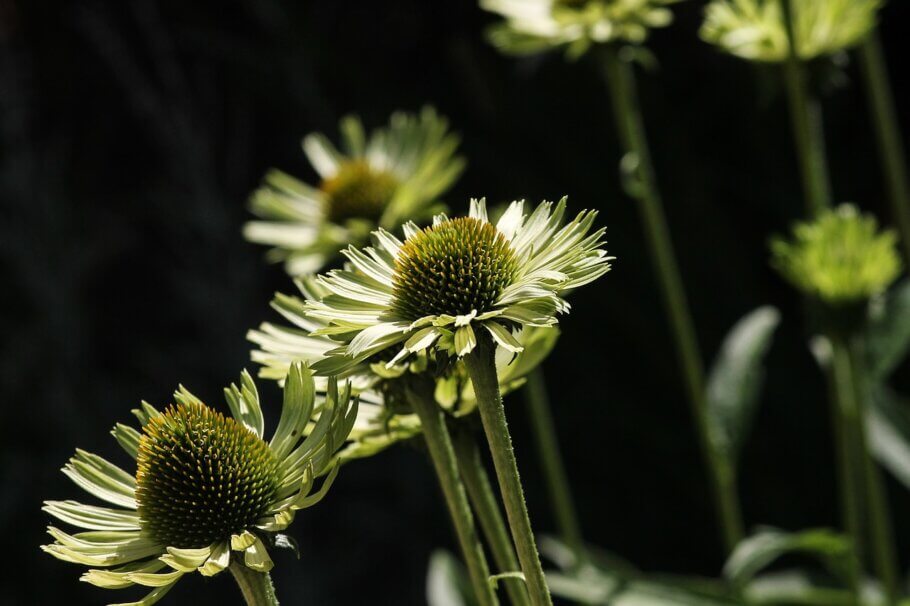
What is the endocannabinoid system?
The endocannabinoid system (ECS) is made up of an array of endocannabinoid receptors located in the cells, that interact with both the phytocannabinoids found in marijuana (THC, CBD, CBN, CBC…), and endocannabinoids, the molecules produced by our own body (anandamide, 2-AG…).
The endocannabinoid system's main receptors are CB1 and CB2; CB1 receptors are more prevalent in some areas of the brain (although they are also found in other organs), and CB2 receptors are located in the immune system cells, as well as other areas like the central nervous system. The whole of these receptors interacting with the endocannabinoids is what we know as the endocannabinoid system, whose function is to maintain “homeostasis”, or in other words, the balance of all the body's functions.
What's the connection between cannabis and the endocannabinoid system?
Given the importance of the endocannabinoid system, the cannabis plant, and more specifically its cannabinoids (that also interact with CB1 and CB2 receptors), have become more relevant within the scientific and medicinal scene during the last decades.
The discovery that phytocannabinoids like THC or CBD “fit in” with the ECS receptors, and help regulate several bodily functions as important as the immunological system, has revolutionized the research in this field. Medical cannabis has been used since ancient times; however, we finally know why this plant is so effective in treating several conditions.
But today we want to tell you about other plants that also interact with the endocannabinoid system. Sometimes, the legal framework and THC’s psychoactivity hinder the development of new cannabinoid-based treatments. But there are other alternatives in the form of common plants that can be used to activate the ECS and boost different aspects of our health.
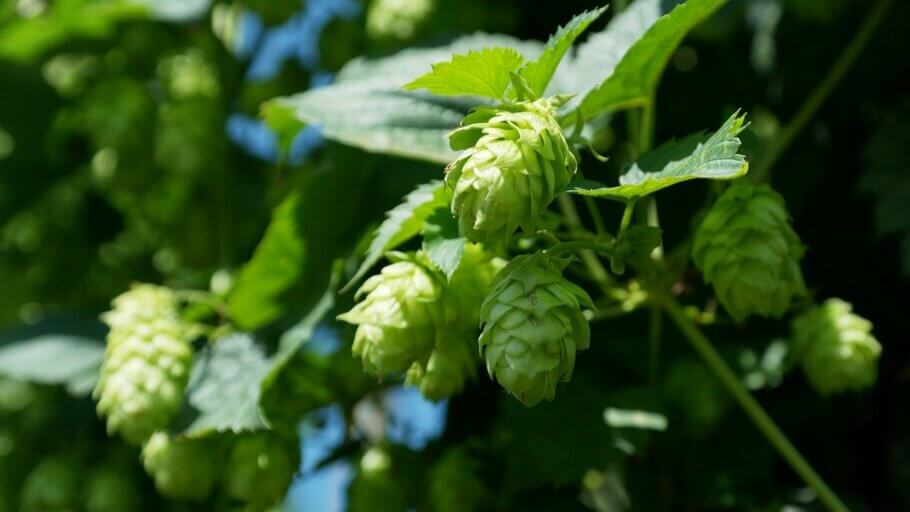
Hops: a plant with a lot in common with marijuana
Hopes are climbing plants used to make beer, and are closely related to cannabis. In fact, both plants belong to the Cannabinaceae family, which includes up to 170 different species. Their leaves share the same irregular and serrated edges.
Hops are rich in beta-caryophyllene, a terpene that is also found in high levels in the marijuana plant and many others, including black pepper, oregano, cinnamon, or basil. Although beta-caryophyllene is not a cannabinoid, it’s known to act like one, selectively binding to CB2 receptors; and several studies suggest that it could be useful to treat some conditions related to kidney function.
In addition, some strains produce CBD, the fashionable cannabinoid that offers multiple beneficial properties, and despite having little binding affinity for the endocannabinoid system receptors, it influences it in a less direct way, especially enhancing functions related to the immune system.
Hops have been used in traditional medicine to fight anxiety and for their sedative properties that now we know could be related to their CBD levels and interaction with the endocannabinoid system. Hops’ potential pharmaceutical applications are very promising!
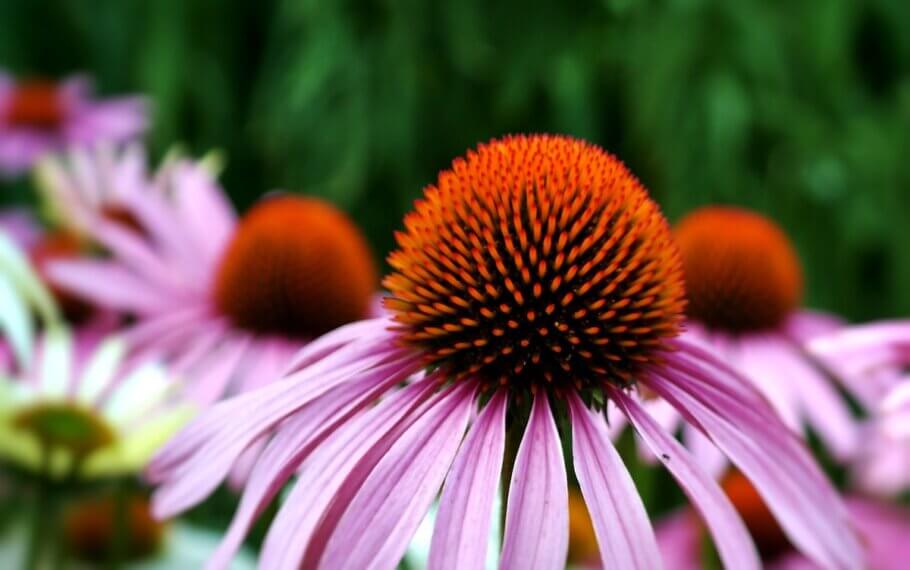
Echinacea: boost your immune system
Echinacea is a plant known for its ability to alleviate the common cold symptoms, and some people even use it as a preventive measure to strengthen their immune system as autumn approaches. However, its use dates back many centuries, when Native Americans used the plant to heal wounds, burns, insect bites, infections, pains, and cramps.
This plant produces some cannabimimetic compounds called alkylamides, which have the ability to improve the transportation and degradation of endocannabinoids, and to activate CB2 receptors; which, as we have already mentioned, are mainly located in the immune cells. This is why this plant is known for boosting the body's defenses; in fact, thanks to its interaction with the ECS, it’s believed it offers anti-inflammatory and immunoregulatory properties.
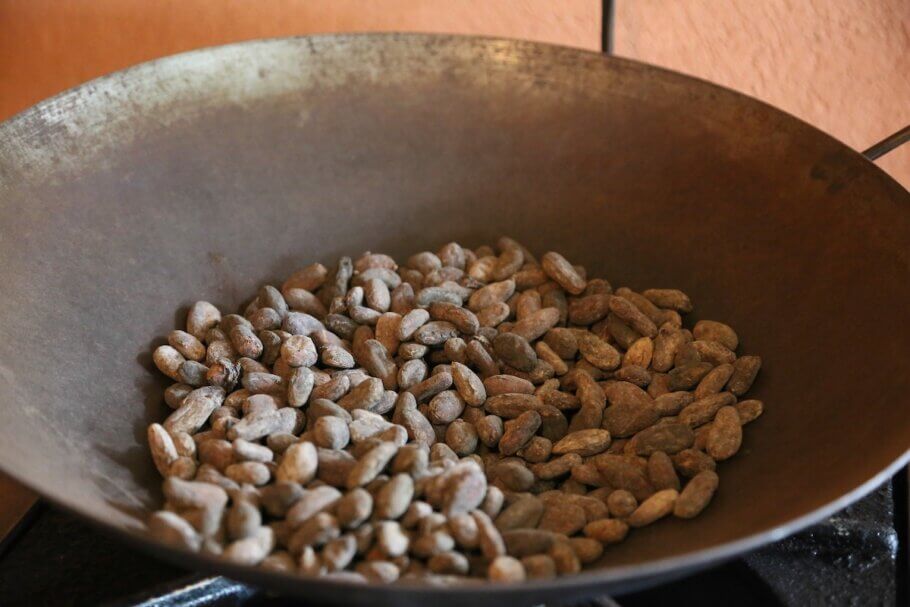
The power of the cocoa plant
How often have you heard that chocolate has aphrodisiac properties, and lifts your spirits? We usually associate this food with times in which we need to give ourselves a little “reward”. Aside from its flavour, there's a scientific reason behind this, as cocoa, the main ingredient in chocolate, acts as a stimulant, antioxidant, and mood enhancer because it contains anandamide, which, as we have already mentioned, binds to the cannabinoid receptors. In addition, cocoa contains a fatty acid that helps boost the levels of anandamide produced by our body.
Anandamide is also known as “the bliss molecule”, and its low levels in the body are related to feelings of anxiety, depression, and difficulties to fight stress. This is the reason anandamide contributes to our emotional well-being, and cocoa is said to produce sensations similar to those we feel when we are in love.
Furthermore, the interaction between anandamide and the endocannabinoid system (through CB1 and CB2 receptors) promotes neurogenesis, which is the creation of new nerve cells, and an essential process in learning and memory functions. No wonder cocoa is known as a superfood!
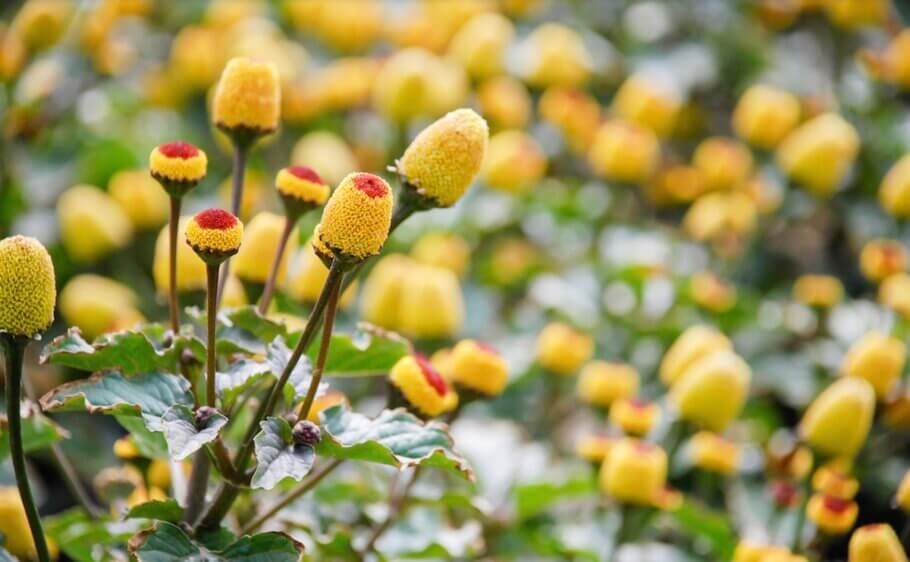
Electrical daisy or toothache plant
Acmella oleracea, also known as Spilanthes oleracea, has been part of the traditional culture in many Amazonian regions as an anesthetic to alleviate toothache, as it produces a tingling sensation in the lips and the tongue, which seems to “electrify” and “numb” the mouth.
It does so thanks to its main active ingredient, spilanthol, which has been known since the 1950s for its fungicidal and antimicrobial properties, as well as its analgesic effect, and it's known to interact with cannabinoid receptors inferring an anti-inflammatory response.
It is also used all over the world in fine cuisine, since that electric sensation produces a high amount of saliva, which enhances the flavors of the food. It has even been studied for cosmetic uses, like anti-wrinkle creams, or for sexual purposes, as an ingredient in natural lubricants.
Radula (liverwort)
Liverworts are small, green, flowerless plants that grow on rocks and trees. They are well known among the horse enthusiasts, since their extract is a classic remedy to cure equine fungal infections. Its properties were also known to the Maori culture leaders of New Zealand, where Radula marginatta is an endemic species and part of Oceania's cultural heritage.
In 1994, the Japanese scientist and chemist Yoshinori Asakawa discovered that the liverwort Radula Perrottetii produced a compound similar to THC, and named it perrottetinene, or PET. Interestingly, PET's chemical structure imitates that of THC, and researchers have demonstrated in animal models that it can interact with the ECS in the same way, reaching the brain with relative ease and activating the cannabinoids receptors.
It's striking that two plant species separated by 300 million years of evolution produce such similar psychoactive cannabinoids. However, PET offers stronger anti-inflammatory properties than psychoactive, making it more attractive for medical purposes.
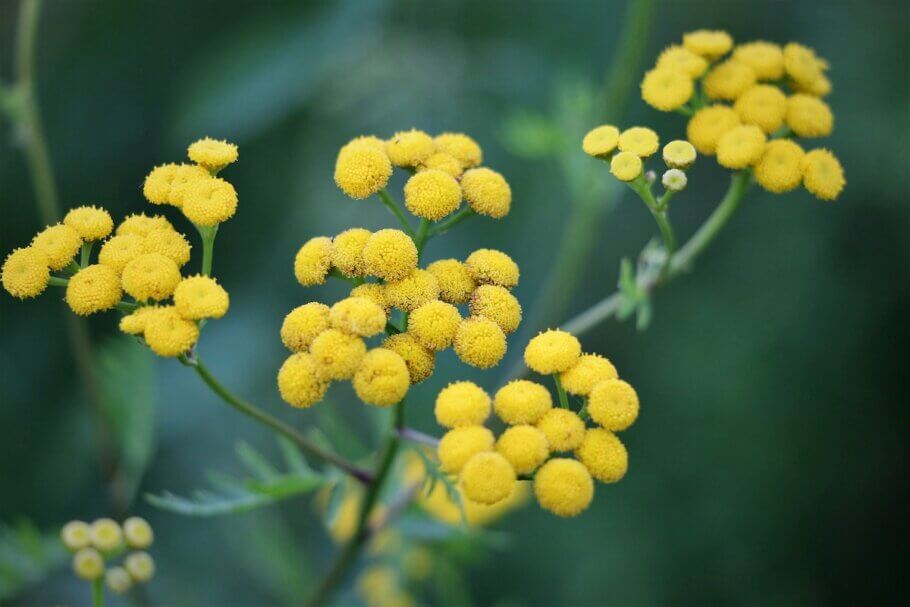
Everlasting or strawflower
Helichrysum umbraculigerum is a daisy with mood-stabilizing and antidepressant effects thanks to its cannabigerol (CBG) content. Yes, you read that right: this is another well-known example in which a plant other than cannabis produces one of the so-called 'classical' phytocannabinoids; which in this case inhibits the neurotransmitter GABA’s activity in the brain, reducing anxiety and muscle tension.
Botanists and scientists from all over the world are discovering that cannabinoids are more prevalent in nature than previously thought.
Tea plant
Christened as Camellia sinensis, this shrubby plant's leaves and shoots (used to make tea) contain some compounds known as catechins, a type of flavonoid known to interact with the endogenous cannabinoid system by inhibiting CB1 receptor’s signaling; so it's able to regulate insulin, cholesterol, and blood pressure.
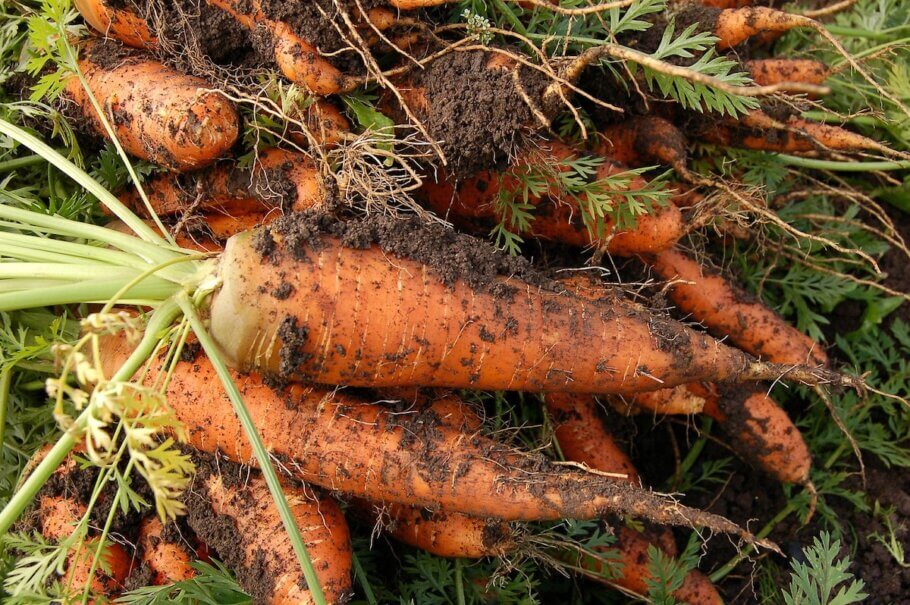
Carrot
Carrots (and other plants from the Apiaceae family, such as coriander, parsley, or fennel) produce a carotatoxin called falcarinol, which acts as a CB1 receptors inverse agonist (in other words, it does the opposite of THC). This means that falcarinol not only blocks the activity of these receptors, but lowers the CB1 transmitters signaling below the normal level. Does this mean that a carrot binge can help reduce THC intoxication? Probably not, unless you eat a ton...
Understanding 'cannabimimetic' compounds
These plants are not the only ones capable of producing substances that can interact with the ECS. There are also other plant species, and unicellular organisms (like cyanobacteria, which are descendants of the photosynthetic bacteria), which produce cannabinoid-like molecules such as the perrottetinene extracted from the plant Radula perrottetii.
Some of these plants can even produce human endocannabinoids, like anandamide and 2-AG, despite the fact that, as far as we know, plants don't have cannabinoid receptors. This has led some authors to speculate about the fascinating thesis of evolutionary convergence between plants and animals regarding the endocannabinoid system’s biological functions.
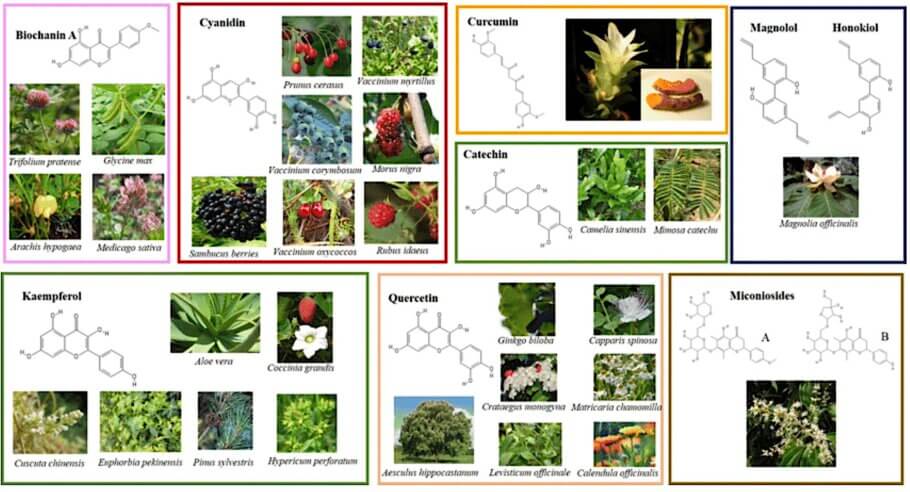
To better understand this variability between species, Italian and Swedish scientists published a comprehensive study titled "Cannabimimetic plants: are they new cannabinoidergic modulators?" in 2019, on dozens of plants that produce approximately 50 molecules related to cannabinoids. Among them, we find some as common as magnolia, rhododendron, marigold, and aloe vera. If you want to know more on this subject, we encourage you to read the study.
In fact, many of these plants have been used in traditional medicine for centuries; and its medical effects align with our modern understanding of the endocannabinoid system’s vital role in many diseases, which could open up new alternative routes to explore in the development of promising therapeutic compounds.
------
References and sources:
• Molecular docking study of Acmella oleracea alkylamides. Matheus Irie, Raíssa Mara, Kao Yien, Naomi Kato Simas, Rodolfo Fiorot.
• Liverwort could prove to be more medically effective than cannabis, research suggests. University of Bern.
• Cannabimimetic plants: are they new cannabinoidergic modulators? Amit Kumar, Marika Premoli, Francesca Aria, Sara Anna Bonini.


































































